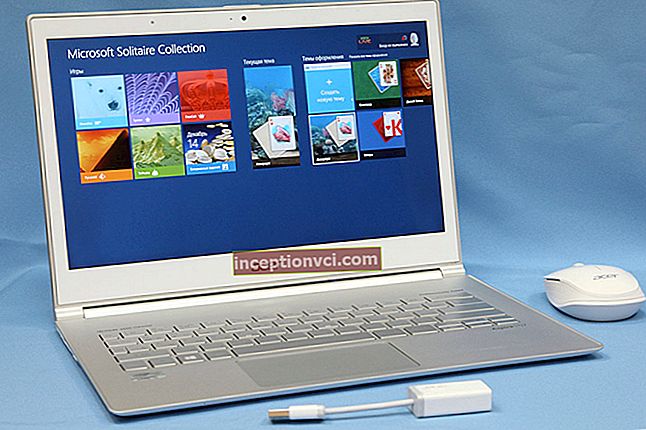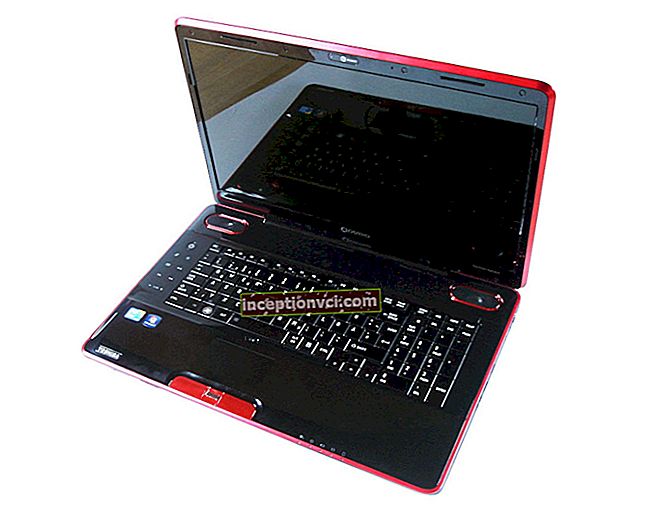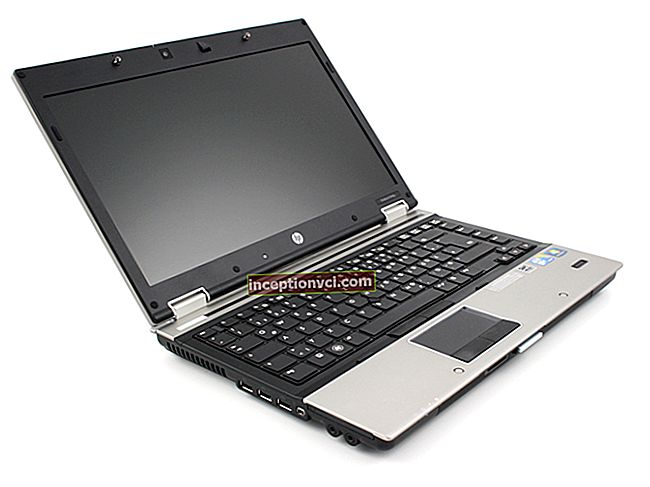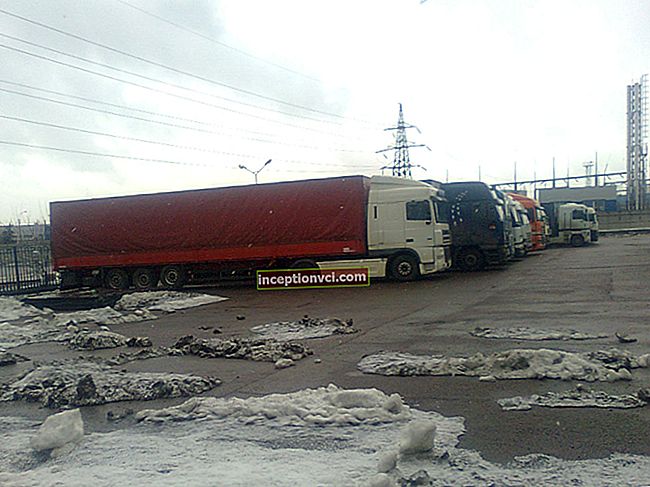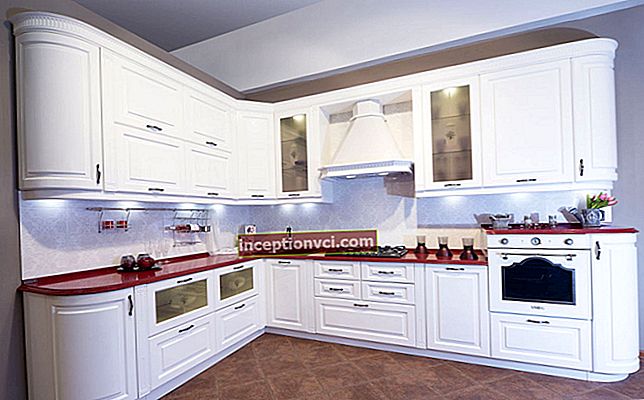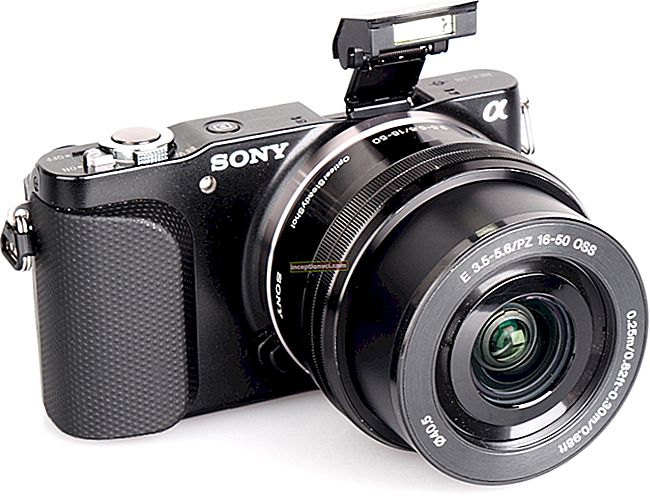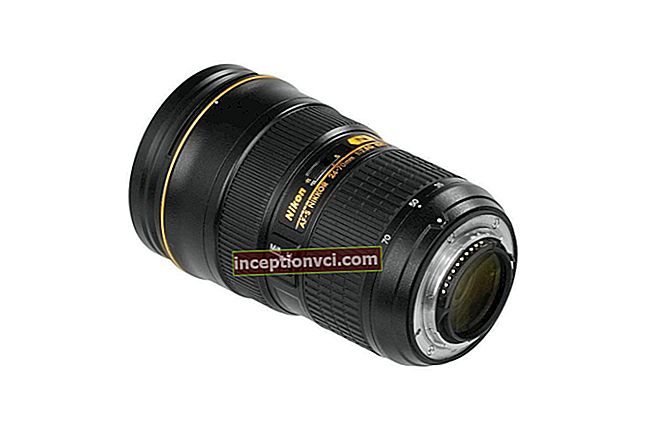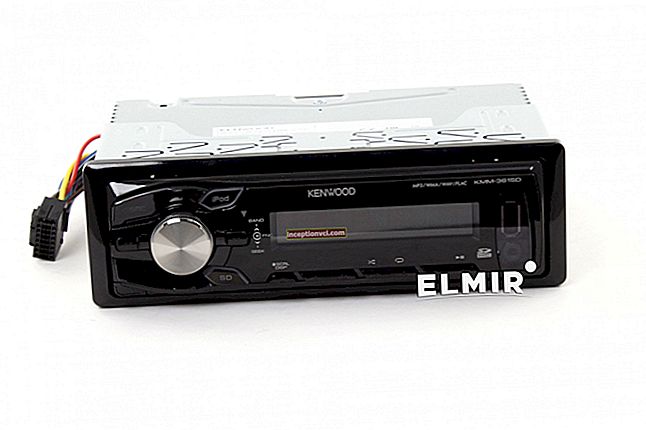Announced in January 2011, the Canon PowerShot A1200 is a 12.1 megapixel budget compact camera with 4x optical zoom and 2.7-inch LCD screen. Unusually for compact cameras nowadays, the A1200 also features a small optical viewfinder. Another deviation from the standard is that it additionally uses two AA batteries for power, rather than its own lithium-ion battery.
The PowerShot A1200 has all the easy-to-use features you would expect from a budget compact camera (only the PowerShot A800 is below its A-Series range), it also includes new features such as Live View Control. and creative filters. It is also noteworthy that it can shoot 720p HD video, but like the younger model A800, it is not equipped with image stabilization.

The PowerShot A1200 is richly equipped for a budget camera and is only slightly more expensive than Canon's entry-level PowerShot A800 series, as the PowerShot A1200 has a higher price tag, we should find out if we should pay for the additional features it has. To find out, we tested the two PowerShot models together and compared them to the Nikon COOLPIX L2. The L24 is Nikon's budget compact camera released in 2011 to replace the L22 COOLPIX. At the same time, Nikon decided to increase the resolution from 12 to 14 megapixels. This is a great solution if you want to take great prints of photos, but how does the L24 compete against PowerShot cameras in terms of other features?
Canon PowerShot A1200 design and build quality
The Canon PowerShot A1200 is available to consumers in either silver or black; We're going to take a look at the matte black model, which looks stylish and is also very comfortable to hold in your hand. Unlike the wedge-shaped style of the PowerShot A800, the A1200 has a lip on the right side to accommodate two AA batteries. The carefully modeled edges of this bump provide a good grip for your fingers, and while it's not Canon's smallest PowerShot camera, it's perfectly proportioned. Launched at the same time, the PowerShot A2200 is the thinnest model in the series to date with a 14.1 megapixel lithium-ion battery.

Unlike the less expensive A800, the PowerShot A1200 has a mode switch located on the top panel slightly off the edge. This position means that the user needs to use both fingers, thumb and forefinger, to move it, but this is not difficult to do during operation, and there is no possibility of switching to it accidentally, for example, when you just take the camera out of your pocket.

There are eight positions on the mode dial - Program auto, Live Control View, (Smart) Auto, Easy, SCN, Creative Filters, Discrete mode and Movie mode. Next to the mode dial is a large, slightly convex shutter release button with a zoom lever and a triangle-shaped flash on / off switch.
The top panel slides into the back at a 45 degree angle through the beveled edge on which the optical viewfinder is mounted. These devices have all but disappeared from the compact camera market and it's great to see them re-emerging in the A series. The optical viewfinder provides an alternative to the screen in bright sunlight and is also an effective means of extending battery life - you can turn off the PowerShot A1200's screen and use the optical viewfinder only. It is bright, but not very large, or, in other words, just tiny, but despite its small size, this is a real advantage.
Below the viewfinder is a 2.7-inch LCD screen and to the right of it is the control panel. The four arrow control buttons in the center are used to navigate menus and also provide quick access to exposure compensation, flash, self-timer and macro focus. The Func.Set button is used to activate the context menu functions containing frequently used settings.
At the bottom of the control panel, the menu button is activated, next to which there is another button for switching bookmarks on the screen; using this button you can also turn off the screen if you want to use the viewfinder and thereby save battery power. Above the control panel, there are two more buttons, one for entering playback mode, and the other for selecting the focus object in Face AiAF mode.
A rather large latch on the right side of the camera body can be opened, thus gaining access to a USB port for transferring photos and videos to a PC and an AV port for connecting the camera to a TV. A single USB cable is included, so if you want to power the camera from the mains or connect it to a TV, you will have to pay a little extra for additional cables.
On the bottom of the camera, behind a securely locked door that is easy to open, is the battery and memory card compartment. The PowerShot A1200 uses SD (HC, XC) storage standards.
The PowerShot A1200 has a built-in flash with a stated range of 4 meters in the wide-angle mode of the lens. In practice, the PowerShot A1200 delivers even illumination that is adequately used throughout the entire range. If the integrated flash is not adequate for you, Canon recommends the optional HF-DC1 external flash. There is a special bracket that can be attached to the PowerShot A1200 or you can use it separately if you want. It has a built-in sensor and acts as an auxiliary flash when the A1200's integrated flash is in use.
The previous AA-powered PowerShot we tested was leisurely, but the PowerShot A1200 is relatively fast, taking only four seconds to charge the flash in preparation for the next shot. The flash has four modes: Auto, On, Slow Synchro, and off. Smart Exposure Shooting and Face Detection automatically adjust the flash to correctly position subjects in the frame.
As we said, the PowerShot A1200 uses AA batteries for power and two AA alkaline cells are included. The advantage of these batteries is that you can easily replace them if they are depleted in atypical conditions, such as when you are on vacation. In the case of a lithium-ion battery of the type used in most compact devices, if you don't have a charger with you, then you are out of luck. It's worth noting that many people prefer the convenience of using both batteries and a charger.
With AA alkaline cells, you can take about 200 shots before running out of power. By switching to NiMH batteries, you can count on 450 shots. If you turn off the LCD screen and rely on the optical viewfinder, these numbers will increase to values of 650 and 1100 frames, respectively. All of these numbers were obtained using the Imaging Products Association's (CIPA) standard camera testing procedures.
Canon PowerShot A800 lens and stabilization system
The PowerShot A1200 4x optical lens operates in the range of 5 - 20mm or 28 - 112mm film equivalent. There are not so many budget compacts on the market that have an optical zoom range from 3.5 to 4x and in telephoto position. The maximum magnification of, say, 134mm on the Nikon COOLPIX L24 will help you get a little closer to the scene than the 112mm on the PowerShot A1200, but the differences are subtle. In both cases, you will have to use your legs and rely on the zoom.

The situation is somewhat different at wide-angle, although the 28mm wide-angle PowerShot A1200 gives it quite tangible advantages over the Nikon COOLPIX L24 and Canon PowerShot A800 with the 37mm widest angle.This allows the photographer to sit comfortably in cramped interiors, shoot large groups, take panoramic shots of landscapes and get closer to the subject for a dramatic perspective.

It takes a little over two seconds for the lens to go live and the camera is ready to shoot. The lens barrel is in two parts and extends by about 15 mm, the motor that drives it is practically inaudible. The lenses are zoomed over their full range very quickly, taking just over one second. You can adjust the zoom in seven discrete steps, which is sufficient for 4x zoom.
Like the PowerShot A800, the A1200 does not use Canon's Optical Image Stabilization (IS). Alternatively, the camera uses the Blur reduction system to eliminate blurring of the image.

Blur Reduction detects movement in the frame and sets the ISO sensitivity high enough that the shutter speed is fast enough to eliminate movement in the frame. Although this is not a substitute for real image stabilization. The system simply automatically selects the optimal settings for a given shooting situation, however, it is a useful additional scene mode for those who want good results in low light conditions without having to think too much about the shooting process. However, neither this feature nor the Nikon COOLPIX L24's electronic vibration reduction is as effective as the OIS.
Canon PowerShot A1200 Screen and Menu
The PowerShot A1200 has a 2.7-inch 230K-pixel LCD. It's a bright, high-contrast screen that has twice the pixels of the PowerShot A800 and doesn't suffer from image grain, although of course the screen quality has nothing to do with the camera's image quality.

The screen surface is made of glossy plastic, so it is easy to care for. The Nikon COOLPIX L24's 3-inch display is just as good as it gets. The screen of the COOLPIX L24 is matte and therefore less prone to fingerprints. The displays on the PowerShot A1200, A800 and Nikon COOLPIX L24 have slightly limited viewing angles.
As with most Canon compacts, the PowerShot A1200's menu system is split between a quick-access Func menu with frequently used settings and OSD tabs that provide access to everything else.

The Func menu contains almost everything you need. In program mode, it displays ISO sensitivity, white balance, metering mode, image size, and quality settings. In Scene Mode, you will be prompted to select a Shooting Mode plus any option options in your Scene Mode of your choice. In Live View control mode, mode selection sliders are displayed, and in video mode, you can select the desired movie resolution, set the white balance, define the color gamut and apply the miniature effect. In Easy auto mode, the Func menu system, like most other buttons, is disabled.
The menu is divided into two tabs - shooting options and camera settings. They contain autofocus mode, digital zoom, flash (red-eye) settings, blink detection and overlay display - you can overlay a 3x3 grid with a 3: 2 aspect ratio or like on screen. This menu also allows you to enable Canon's i-Contrast system for dynamic range expansion.
The camera settings menu contains more subtle settings that you are likely to use infrequently. Here you will find LCD brightness, image selection, memory card formatting, power saving system, and date and time settings. You can even set an alternate shutter sound of your choice - the second option is quieter and less intrusive than the default, although if sounds are a problem for you, you can simply turn them off, or select another in Discrete mode.
Canon PowerShot A1200 Exposure Modes
The PowerShot A1200 has a much wider range of exposure modes than the A800, as well as the Nikon COOLPIX L24. Moreover, there is a physical dialing mode that can be used to select them. If you are going to shoot in automatic mode, then this may not be a big problem for you, but if you like to experiment, then it is very convenient, much faster and easier. There is no dedicated button for movie shooting, and switching to this mode using a switch is a big plus. The fact that the disc rotates 360 degrees allows you to switch from program to video mode in one swipe.

In addition to the PowerShot A800's feature set of Program, Auto, Scene and Cinema modes, the A1200 has Live View Control, Easy Auto, Creative Filters, and Discrete Mode. In auto mode, the PowerShot A1200's Digic 4 processor enables complex scenes to be rendered, it can identify the type of scene and set the exposure accordingly. The processor provides a distinction between scenes with and without people. DIGIC 4 can distinguish between day and night, backlighting, blue skies and sunsets, and can determine if your subject is stationary or in motion.
The Live View control mode, also used on the top-end PowerShot A3300, provides situational control with forward on-screen feedback. Pressing the Func.Set button displays sliders on the screen for exposure compensation, saturation adjustment, and white balance setting. Using the control panel to select and adjust adjustments provides immediate visual feedback on the screen. You can, of course, achieve the same result in program mode, but this approach is simpler and more intuitive.

Filters mode creative mode provides the camera user with six special effects that are displayed on the screen. These are Fisheye, Miniature, Toy Camera, Monochrome, Super Vivid and Poster effects.
The SCN adjustment provides access to a screen menu with 11 modes, many of which — portrait, landscape, children and pets, snow and fireworks — are familiar to Canon product users. If you like to shoot at night, there is a Scene Long Exposure mode for you, which sets the aperture wide open and allows you to select an exposure up to 15 seconds. In low light mode, which sets the exposure between ISO 1600 and 6400, the resolution was increased from 2 to 4 megapixels on the PowerShot A3300 IS, but remained at 2 megapixels on the A1200.
The PowerShot A1200 has an Intelligent Shutter Mode that automatically shoots up to 10 shots in burst when a smile is detected. The threshold of the PowerShot A1200 camera in this mode is quite high, the slightest flicker of a smile is already enough to activate it. In addition, this shutter mode has several more interesting self-timer modes, each of which can be configured to take up to 10 frames if a situation arises when the subject winks or when a new face comes into the frame.
Canon PowerShot A1200 focus and face detection mode
The PowerShot A1200 has nine areas for Face AiAF, which is the default in most exposure modes and outnumbered the A800's five areas. While we found the PowerShot A800's autofocus system to be sufficient, the A1200's additional AF areas give it an edge when there are subjects closer to the edges of the frame.

The Face AiAF function, thanks to the fast DIGIC 4 processor, does an excellent job of instantly identifying faces in the frame and instantly focuses on them. A white frame appears on the main subject and you can select a different main subject using the Face Select button on the back.
For shots that do not include images of people, the A1200 defaults to nine-position autofocus, which is similar to face detection, is fast and efficient, and works quite well even in low light conditions. If this function does not cope with its task, or you simply want to have a greater degree of control over the focusing process, then for this case there is a focusing option with two sizes of the center area. This autofocus system option, combined with focus lock (achieved by pressing the shutter button halfway down) and autofocus systems (by pressing the right button on the command dial), give you maximum control over the camera. In the presence of such a focusing mode as tracking autofocus, which fixes your attention on the target that is indicated in advance, it is triggered when you press the shutter release halfway, and then it works in automatic mode.

Canon PowerShot A1200 Movie Mode
The PowerShot A1200 can shoot high definition video at a resolution of 1280 x 720 pixels (720p). The resulting HD video quality is good for budget compacts. You won't find a lot of fancy features here that are generally not needed by the average user, keep in mind that models such as the A800, Nikon COOLPIX L24 and Sony Cyber-Shot W510 can offer a video option with a resolution of 640x480 pixels. This makes the PowerShot 1200 the obvious choice for anyone looking for high definition video in a budget device.
720p HD video is recorded at 24 frames per second, encoded with the H.264 codec, and saved in QuickTime, in other words, as a MOV file. You will be able to shoot continuously for ten minutes, which will give you a file of about 1.5 GB in size. Standard video can be recorded at 640x480 and 320x240 at 30 frames per second, encoded with the H.264 codec and saved as MOV files. At 640x480 VGA resolution, you get a much larger video size recorded on the card - about 50 minutes on a 4GB card compared to about 26 minutes of HD video.
Since you cannot use Creative Filters in movie recording mode, the A1200 has a miniature effect in movie mode, which blurs the top and bottom of the frame and shoots at reduced frame rates for faster action at normal playback speed. There are three speed options - 5x, 10x and 20x, so if you shoot for 60 seconds on each of them, the playback time will be 12, 6 and 3 seconds, respectively.
You cannot use the optical zoom while recording on most Canon compacts as this is a budget model. You can use 4x digital zoom if you are ready to accept the results of its work.
The PowerShot A1200 copes reasonably well with low-light interiors, responds quickly to changing lighting conditions and maintains a good white balance despite changing lighting conditions.
Canon PowerShot A1200 Mode Dial
The PowerShot A1200 has a claimed continuous shooting speed of 1fps. The screen stays on between shots, but there is some lag and you will definitely see the previous shot appear on the display a second after you took it. This fact, as well as the sufficient frame rate, allows you to shoot any action in the sequence you want - you just need to point the camera in roughly the right direction. The performance of the A1200 camera in this mode corresponds to those of other budget compact devices. Also note that if you switch the A1200 to Blur Reduction or Low Light mode, the frame rate will increase to almost 4fps, but at 2M resolution and high ISO sensitivity.
Canon PowerShot A1200 Sensor
The 12.1 megapixel sensor of the PowerShot A120 produces images with a maximum size of 4000x3000 pixels in one of two compression settings Normal and Fine.With a higher quality setting, Fine, the image is about 3 MB in size. ISO sensitivity ranges from ISO 80 to 1600 and up to ISO 6400 automatically using Low Light Scene mode.

Overall, the PowerShot A1200 performed well in our programmed test. Exposure is good, the histogram shows little clipping on the right side due to the wide tonal range in the scene, there is a lot of detail in highlights and shadows, especially in the foreground, contrast values are high. The camera produces bright colors with good white balance.
Crops show the same positive picture, but close examination suggests that some aspects of the PowerShot A1200's image quality are not quite optimal. First, there is some noise in areas of uniform color. Crop skies and sea appear more grainy. As a result, image detail suffers a little.
One of the crops near the edge of the frame has a small amount of purple halos caused by chromatic aberration. And also thanks to the noise, fine details of the image, such as, for example, inscriptions on billboards, are slightly reduced.
In comparison, the crop of the PowerShot A800 looks much worse. Like the PowerShot A1200, the A800's image also suffers a little from noise. The fine image details of the PowerShot A1200 are sharper and more detailed in all four crops than on the A800. Interestingly, the electronics of the A1200 chose F3.5 (the largest available at this focal length), while the A800, which also operates in program mode, chose F9.
Metering on the Nikon COOLPIX L24 determined a more reasonable choice of aperture, but the results were disappointing nonetheless. The point is that Nikon is pursuing a strategy of higher resolution sensors for its budget models.
Conclusions:
The Canon PowerShot A1200 is an affordable 12.1-megapixel point-and-shoot camera. It is a smart compact camera with 4x optical zoom and a 2.7-inch LCD screen. It is positioned slightly above the entry-level PowerShot A800 in Canon's lineup of devices, its cost is only slightly higher, but this camera offers the user a lot of additional options.
The A1200 is one of the first budget compacts to offer high-quality HD video. It has two automatic point-and-shoot modes for photography and includes easy-to-use features that are well known to experienced users. These include Scene Detection Mode, Face Detection Mode and Smart shutter function, which is triggered automatically when a smile is detected, as well as an additional eye blink detection mode.

The A1200 also features some of the new modes pioneered in the most expensive camera in the A3300 IS range, including Creative Effects and Filters, and Live View, which provide real-time control based on display feedback.
Comparison with the Canon PowerShot A800
The PowerShot A1200 has a higher quality 4x zoom, but most importantly, it's the extra wide-angle range that is generally known to make a big difference. If you like to shoot interiors, panoramic landscapes or large groups, then this is a very important difference between the two models. The A800's 2.5-inch display is slightly smaller than the A1200's, not to mention much lower resolution, and lacks a small but useful optical viewfinder. Finally, if you plan on shooting 720p HD video, the PowerShot A1200 is a big step up from the 640x480 resolution of the A800 in VGA mode, and it's easier to switch to video recording in the PowerShot A1200.
Finally, the PowerShot A800 has a frame resolution of 2 megapixels compared to the 12.1 megapixel resolution of the A1200.But this will only be a problem if you decide to make large prints of your photos, because as you can see in our quality tests, a higher sensor resolution does not always provide better image quality.
When comparing the COOLPIX L24 to the PowerShot A1200, the most obvious difference is Nikon's large 3-inch LCD screen. In day-to-day use, the A1200's 2.7-inch screen was brighter and better.
The COOLPIX L24's zoom lens, like the PowerShot A800, lacks a really wide focal angle, so indoors and for panoramic landscape photography, the PowerShot A1200's lens will be more effective and give you more flexibility in compositing.
Neither camera has image stabilization, although the L24's electronic vibration reduction system effectively processes images to reduce camera shake when shooting at full resolution, while Canon's Blur Reduction limits image resolution to 2MB (1600x1200).
The COOLPIX L24 lacks many of the settings and options on the PowerShot A1200. You cannot, for example, set the ISO sensitivity manually and there is no means to change the focus or metering mode. The COOLPIX L24 also lacks anything like the new features of the PowerShot A1200. Live Control View, Creative Filter effects and Smart shutter provide more creative freedom and, just as important, make shooting a real pleasure.
The 14-megapixel COOLPIX L24 provides larger image sizes than both PowerShot models, but the implications for the L24's image quality, including noise, are less favorable. The image quality of the COOLPIX L24 in real outdoor conditions is noticeably inferior to that of the PowerShots series.
And finally, just like the PowerShot A800, the maximum resolution of the Nikon COOLPIX L24 camcorder is 640x480 pixels. So if your choice is a budget compact for frequent video shooting, not just photos, the A1200's HD edge will be the deciding factor.
Conclusions:
Canon's successful PowerShot A1200 has all the features of a budget compact camera. It shares many characteristics with the flagship model of the A3300 IS series, including the ability to shoot HD video at 720p resolution and 4x optical zoom, which is ideal for interiors, groups and landscapes. The lack of image stabilization is somewhat disappointing, but given its other features, it's easy to forgive since it's a budget model.

The mode dial and new features such as Live View Control and Creative filters are important advantages over the entry-level PowerShot A800. The PowerShot A1200 can be a very attractive proposition for DSLR owners looking for a lightweight and compact pocket camera that gives you a high degree of control and good quality photos and videos. In the event that you use the optical viewfinder of this model, you also provide yourself with additional battery life.


